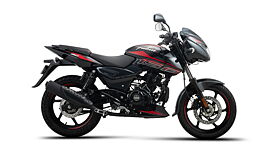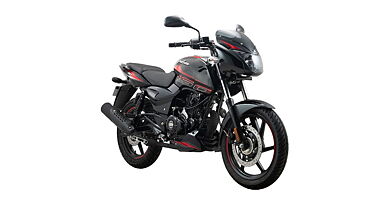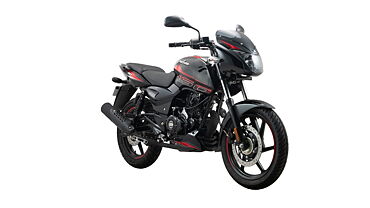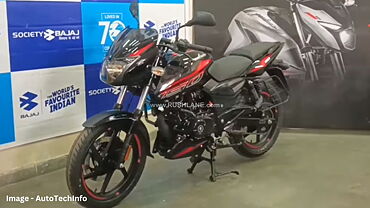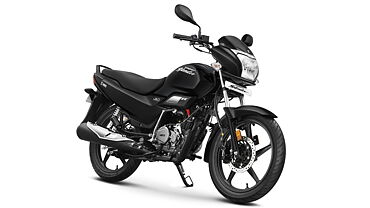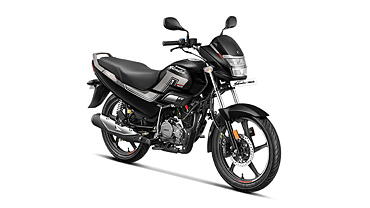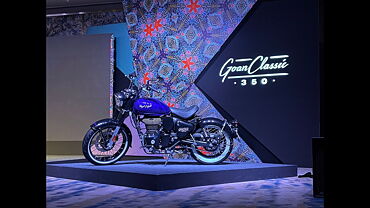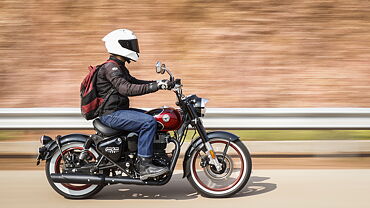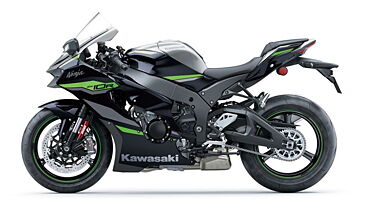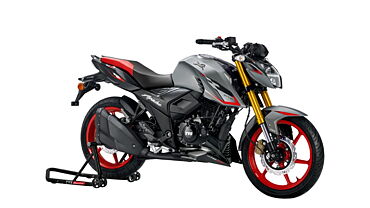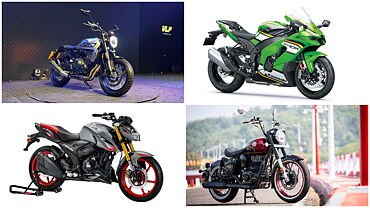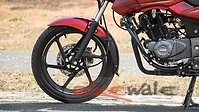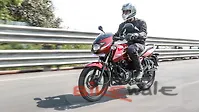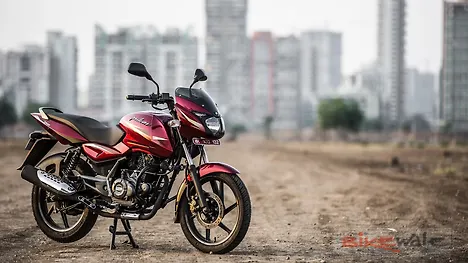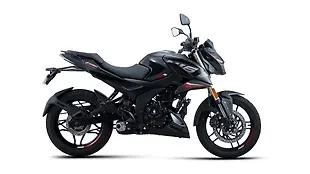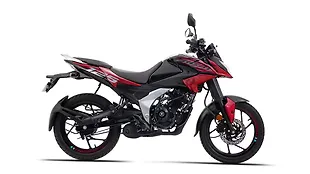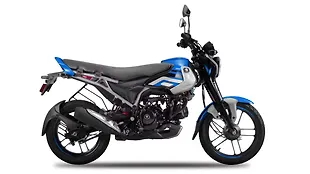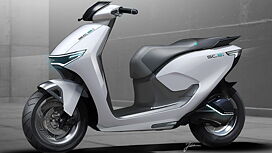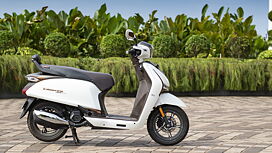Introduction
Every once in a while, there emerges a product in the market that changes the order and sets the tone for the industry standard. One such creation was Bajaj’s pint-sized biggie - the Pulsar range. Now in their 14th year of production, the Pulsar ranges of bikes has been a revelation for small capacity motorcycles in India and has achieved milestones its rivals can only dream of conquering.

Obviously this much of a lengthy and colourful story cannot be created without a successful backing which in this case is an efficient and extremely busy factory churning out motorcycles by the thousands on a daily basis.
 Wanting to discover what the secrets behind this successful product were we decided to visit the Bajaj’s Chakan factory and shed some light on the processes that take place at the plant.
Wanting to discover what the secrets behind this successful product were we decided to visit the Bajaj’s Chakan factory and shed some light on the processes that take place at the plant. Plant overview
The Bajaj Plant is located in Chakan about 30km outside Pune City. It was opened in 1999 and produces all models of the Pulsar lineup (except the 135LS), the Avenger cruiser and six models of the KTM including the Duke 125 which is produced only for export purposes.

During the course of the visit we also learned that in the next three years all the KTM models on sale globally would be produced at the plant. The plant is spread out over a large area and has six production lines, engine assembly line, paint shop, testing facility that includes a race track (on which we saw some secret prototypes doing high speed runs).
It has the capacity to produce 4,000 units a day but works on a demand basis and so on the day of our visit was expected to produce 3,000 units. It employs close to 5,000 people across all facilities located on site and runs two shifts a day for all the Bajaj lines and one shift for the KTM production line.
First impressions
We arrived at the facility on a hot Monday morning to commence our visit. After completing gate formalities we headed in and were instantly greeted by organised greenery and the sound of a single-cylinder engine being wrung to its very limit on the test track. The buildings are nondescript and nestled among manicured lawns far away from prying eyes allowing Bajaj to develop a secret aura (of sorts) around its factory.

As we made our way to the main office of the factory, we noticed colour- coded direction arrows guiding visitors and works alike to their destinations in a clean, quick and meaningful manner. In fact, as we would later find out, colour coding, which is one the easiest thing for any human being to identify, dominates the guiding process be it on the footpaths or down on the assembly lines of the Chakan plant.
Engine assembly
Our tour guide took us first to the engine assembly facility. It is the only major component of Bajaj’s bikes that is put together on the plant premises. The parts are sourced from various vendors (set up within a 10km radius) and are assembled by the hardworking hands of men clad in white Bajaj t-shirts and blue pants. The lines are flexible and can be adapted to assemble any type of bike’s engine depending on the demand.

Standing in front of each other, the workers have 28 seconds to complete their part of the engine assembly and move onto the next mill, an industry standard when it comes this kind of work.

The roles carried out by each of the workers are flexible and change from time to time ensuring that every hand on the assembly floor is capable of replicating the other. If a worker is unable to fit a part onto the engine, then the production line stops and the total output time of the line is recalculated to consider the time it will take to fix the defect or issue on hand.

One of the techniques developed in-house to speed up the production process is to place the kit bin/component box between each of the engines rather than behind the workers. This is so that the workers are able to access the parts faster as well as develop muscle memory with regard to picking up smaller items like screws and bolts.
Given the high amount of Japanese influence in Bajaj’s history, it seems to have adopted a lot of the Rising Sun’s philosophies when it comes to production line culture, after all if it was Henry Ford who invented the assembly line and then it was the Japanese who perfected the process and made it as efficient as possible.

One of their philosophy is Kaizen which is a system of continuous improvement in quality, technology, processes, company culture, productivity, safety and leadership. The other is the Pokayoke process which helps an equipment operator avoid mistakes by preventing and correcting human error.
Once the engine is completed, it is sent by an overhead conveyor belt to the other side of the giant factory building where it touches down and is then mated to the specific motorcycle it has been built for.
Vehicle assembly
This is pretty much what we had been waiting to see since we got the green light for our visit. It is the sanctum sanctorum of all things Pulsar and Avenger and we could not wait to find out how these bikes were put together.
The assembly floor for the Pulsar range, Avenger and KTM motorcycles all run side -by -side and as with everything else in the plant moves on the basis of demand.



It is placed onto the assembly line and the rear wheel is fitted on as the first step. After this, the rest of the body panels, engine and instrumentation are fitted. The entire process of the chassis arriving from the supply depot to a completed model rolling off the assembly line takes 18 minutes making for some impressive statistics when it comes to the total output from the plant. The lines are flexible and can be used to produce any model on any line.


Quality testing
One of the reasons that Bajaj sells so well , apart from being able to produce cost- effective machines, is the ability to constantly produce quality products.

There is a rigorous testing process once the completed bike rolls off the production line. This includes a dyno run, emission testing as well as a quality test that involves the checking of various components across the bike.

Dispatch
Once the bike has passed all the quality tests, it is signed off for dispatch and moved to the 6,000- strong stock yard. Obviously from there they are loaded onto trucks and then make their final journeys, first to the dealer stockyard, then to the dealership and finally to the home of someone who has put down their hard earned money to be a part of Bajaj family.
It was impressive to observe the confluence between man and machine at the factory in the creation of a Bajaj motorcycle. It is no wonder then that with such an impressive production process and products to match, the Maharashtra based bike-maker looks set to continue its successful run for a long time to come. Its processes and scale of output give us some explanation as to how Bajaj has managed to repeatedly update or change its products on a repeated basis every year to keep up with the competition.

Now, the latest addition to this line-up is the RS200 which has been launched just a short while after this article’s publishing date. Its futuristic design and sporty setup represents the next quantum leap that the Pulsar family will take during its successful journey in the Indian market.
Gallery
1/31
Double Tap to Zoom











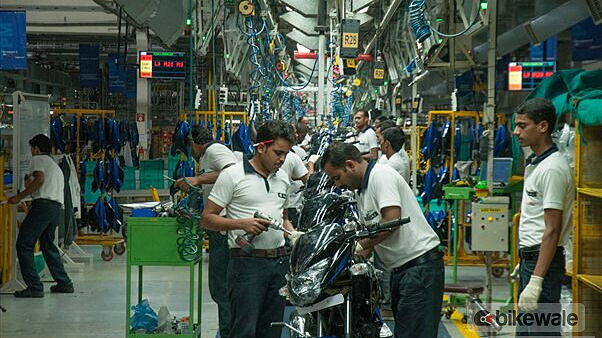







![[object Object] ThumbNail Images [object Object] ThumbNail Images](https://imgd.aeplcdn.com/642x361/bikewaleimg/ec/18146/img/l/Bajaj-Avenger-Front-49530.jpg?v=201711021421&q=80)
![[object Object] ThumbNail Images [object Object] ThumbNail Images](https://imgd.aeplcdn.com/642x361/bikewaleimg/ec/18146/img/l/Bajaj-Avenger-Front-49532.jpg?v=201711021421&q=80)
![[object Object] ThumbNail Images [object Object] ThumbNail Images](https://imgd.aeplcdn.com/642x361/bikewaleimg/ec/18146/img/l/Bajaj-Avenger-Front-49535.jpg?v=201711021421&q=80)
![[object Object] ThumbNail Images [object Object] ThumbNail Images](https://imgd.aeplcdn.com/642x361/bikewaleimg/ec/18146/img/l/Bajaj-Avenger-Front-49536.jpg?v=201711021421&q=80)
![[object Object] ThumbNail Images [object Object] ThumbNail Images](https://imgd.aeplcdn.com/642x361/bikewaleimg/ec/18146/img/l/Bajaj-Pulsar-150NS-Exterior-49537.jpg?v=201711021421&q=80)
